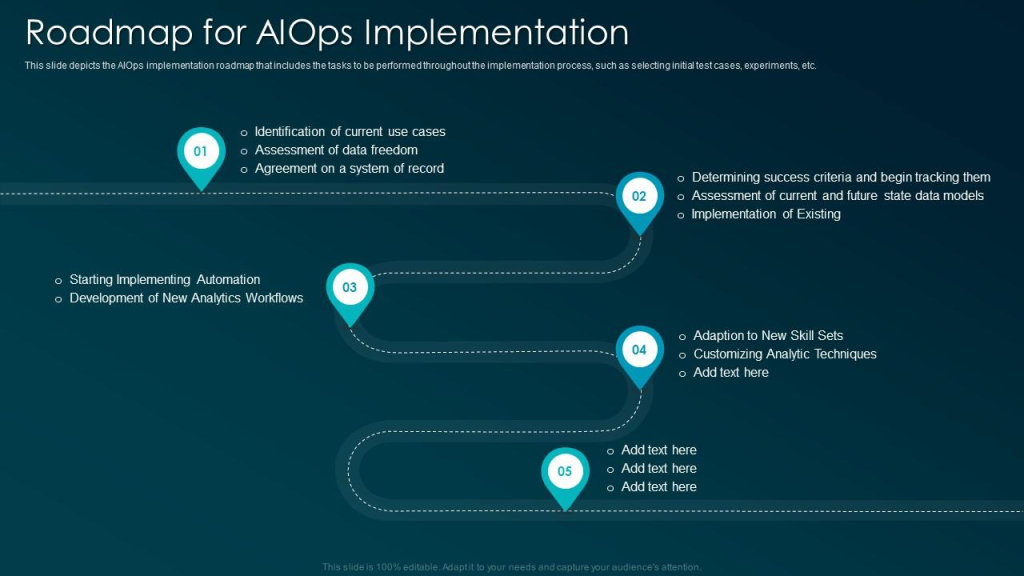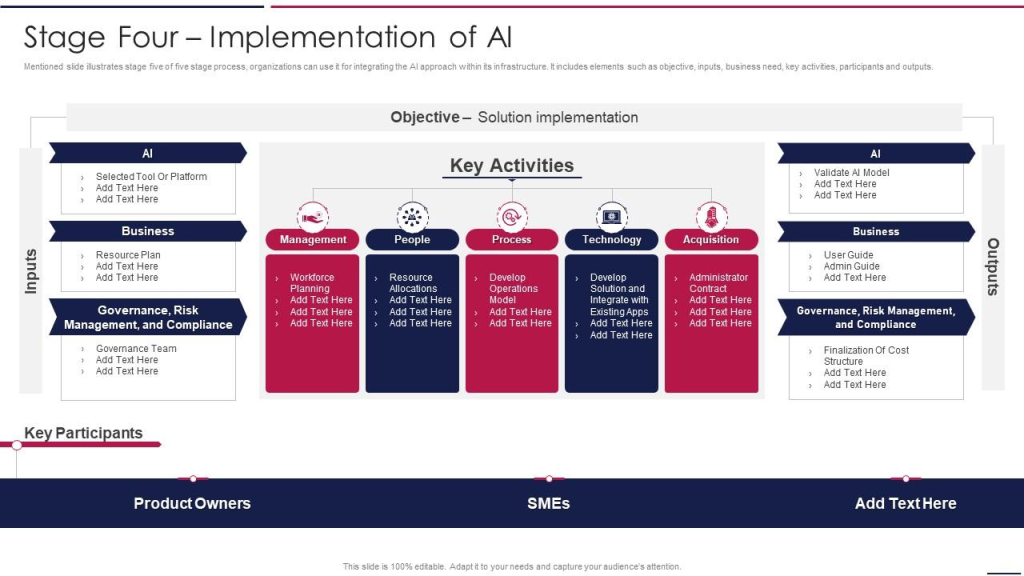
Are you looking for ways to streamline your IT operations and improve efficiency? Look no further than AIOps! AIOps, or Artificial Intelligence for IT Operations, is a game-changing technology that can revolutionize the way your organization manages its IT infrastructure. In this article, we’ll explore the ins and outs of AIOps, including what it is, how it works, and how to implement it in your organization.
What is AIOps?
AIOps is a technology that leverages AI and machine learning to automate and optimize IT operations. It uses advanced algorithms to analyze data from various sources, including logs, metrics, and events, to identify patterns and anomalies. AIOps can then use this information to predict and prevent issues before they occur, reducing downtime and improving overall system performance.
How do AIOps work?
AIOps works by ingesting data from various sources and applying machine learning algorithms to identify patterns and anomalies. This can include data from applications, servers, network devices, and more. Once these patterns and anomalies have been identified, AIOps can use this information to automate tasks such as incident management, root cause analysis, and capacity planning.
AIOps can also help organizations improve their IT operations by providing real-time insights into system performance. This can include identifying bottlenecks, predicting future capacity needs, and even detecting security threats before they become a problem.
How to Implement AIOps
Implementing AIOps in your organization can be a complex process, but it is well worth the effort. Here are some key steps to follow to ensure a successful implementation:

Step 1: Assess Your Current IT Operations
Before implementing AIOps, it’s important to assess your current IT operations. This can include identifying pain points, bottlenecks, and areas where automation can be beneficial. By understanding your current operations, you can better determine how AIOps can help improve efficiency and reduce downtime.
Step 2: Identify Key Use Cases
Once you have assessed your current IT operations, the next step is to identify key use cases for AIOps. This can include areas such as incident management, root cause analysis, and capacity planning. By identifying these use cases, you can better determine how AIOps can be applied in your organization.
Step 3: Choose an AIOps Solution
There are a variety of AIOps solutions available on the market today, so it’s important to choose one that meets your organization’s specific needs. When evaluating AIOps solutions, consider factors such as ease of use, scalability, and integration with existing systems.
Step 4: Train Your Team
Once you have chosen an AIOps solution, it’s important to train your team on how to use it effectively. This can include providing training on how to interpret data insights, how to automate tasks, and how to integrate AIOps into existing workflows.
Step 5: Monitor and Optimize
Finally, it’s important to continually monitor and optimize your AIOps implementation. This can include regularly reviewing data insights and adjusting your AIOps algorithms as needed to ensure optimal performance.
Conclusion
In conclusion, AIOps is a powerful technology that can help organizations streamline their IT operations and improve efficiency. By following the steps outlined in this article, you can successfully implement AIOps in your organization and reap the benefits of this game-changing technology. So what are you waiting for? Start exploring AIOps today!
